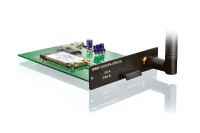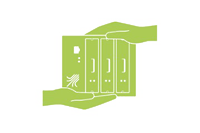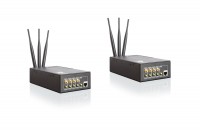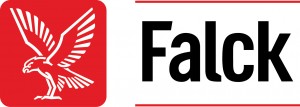Unbelievable, what bonding DSL, UMTS and LTE makes possible
Streaming and Site-to-Site in Africa
Radio broadcasts in remote areas are tough on network solutions: They demand sufficient bandwidth, low latencies, and simple configuration. Another decisive factor are concomitant costs, especially when non-government organizations (NGOs) are concerned. Hirondelle Foundation – Media for Peace and Human Dignity is such an NGO aiming to develop and support independent and neutral media. The foundation headquarters are in Lausanne, Switzerland, while their members operate in Mail, Niger, Central Africa, the Democratic Republic of the Congo, Guinea, Burma, and Tunesia. For that, Hirondelle founds radio stations in troubled regions and war zones. Each of the foundation’s stations is considered an individual project and employs mostly locals. In addition, all projects are connected to accounting in the Lausanne headquarters.
Saving lives by remote diagnosis
Early and appropriate treatment in medical emergencies can save lives and minimize long-term harm. Ideally, treatment should start in the ambulance while it is on its way to the hospital. Furthermore, if the patient has a potentially serious condition, directing them to the appropriate hospital and unit is also vital, so the medical team there can ensure that the necessary treatment resources are available. This is where telemedicine and eHealth solutions come into play. Transmitting relevant patient data like physiological parameters to specialists in the hospital, and making it possible for the ambulance crew to stream high-definition video from the ambulance facilitates major improvements in patient care. Falck Group, a leading
Nordic-based health solution company with a global presence in 45 countries, has equipped ambulances in Denmark with Viprinet technology to enable the transmission of diagnostic information including live video images directly to medical professionals.
Industrial park going broadband
The industrial park in Seligenporten near Nuremberg, Germany, actually has everything a tradesman needs: The highway A9 is less than three kilometers away; the major city Nuremberg is just around the corner, and all infrastructure needed for living and working already exists – except a powerful Internet connection. The enterprises in this industrial park have to cope with a 2 Mbps connection, and none of the regional telecommunications providers plans to change that anytime soon – unless of course the local companies contribute EUR 250,000 to the total development costs. Understandably so, this is out of the question for small and medium-sized businesses. One company, however, has become a pioneer in regards to using alternative technologies by successfully relying on Viprinet: OM Klebetechnik.






















